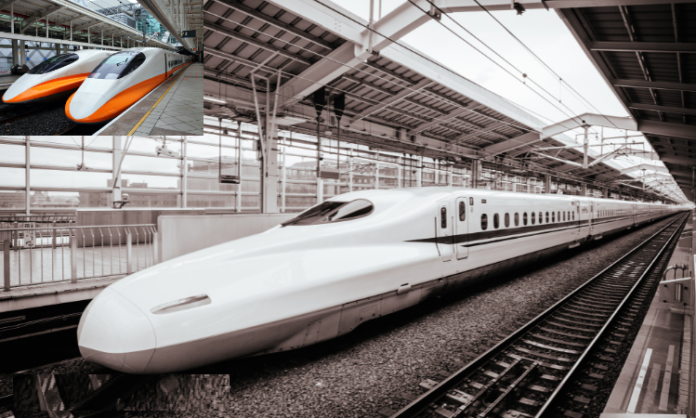
A bullet train is a train that travels at speeds of up to 300 kilometres per hour. It is the fastest train service in the world. The first bullet train in the world was introduced in 1964 in Japan. Today, there are over thousand bullet trains in operation. What were some of the reasons that bullet trains were introduced in the first place? Take a look at the following ten amazing facts about bullet trains.
Bullet trains are the fastest trains in the world. They are able to reach speeds of up to 350 kilometers per hour. They are often used by the Japanese and Chinese governments. The most expensive train in the world. They are able to reach speeds of up to 350 kilometers per hour. They are often used by the Japanese and Chinese governments.
Bullet trains, also known as high-speed trains, have revolutionized transportation in many parts of the world. Here are ten amazing facts about bullet trains:
Inception in Japan: Bullet trains were first introduced in Japan in 1964 with the launch of the Shinkansen, which connected Tokyo and Osaka. This marked the beginning of high-speed rail travel.
Incredible Speeds: Bullet trains are known for their remarkable speed. Some of the fastest trains in the world, like the Maglev (Magnetic Levitation) in Japan and China, can reach speeds exceeding 300 miles per hour (480 kilometers per hour).
Punctuality: Bullet trains are famous for their punctuality. They have an impressive track record of being on time, with delays measured in seconds, making them one of the most reliable modes of transportation.
Aerodynamic Design: Bullet trains have sleek and aerodynamic designs, reducing air resistance and noise. This design not only enhances speed but also minimizes noise pollution near train tracks.
Advanced Safety Systems: These trains are equipped with cutting-edge safety features, including automatic train control systems that monitor and adjust speed, track conditions, and braking to ensure passenger safety.
Efficient Energy Use: Bullet trains are energy-efficient compared to other modes of transportation, thanks to regenerative braking systems that convert kinetic energy into electricity, which can be used by the train or returned to the grid.
Environmental Benefits: High-speed trains produce fewer carbon emissions per passenger-kilometer compared to cars and airplanes, making them an environmentally friendly choice for long-distance travel.
Economic Impact: Bullet trains often stimulate regional economies by connecting cities efficiently. They encourage tourism, boost business, and increase property values along their routes.
Global Expansion: While Japan pioneered the technology, many other countries have adopted high-speed rail networks, including China, France, Germany, Spain, and Italy. These networks continue to expand, connecting more cities and regions.
Maglev Technology: Some bullet trains, like the Maglev in Japan and China, use magnetic levitation technology instead of traditional wheels on tracks. Maglev trains float on a magnetic field, reducing friction and enabling even higher speeds.
Bullet trains have transformed the way people travel, offering a combination of speed, efficiency, and environmental benefits that have made them an integral part of modern transportation systems worldwide.
Related Articles:
All about The Maglev Bullet Train
How does the floating train work
























